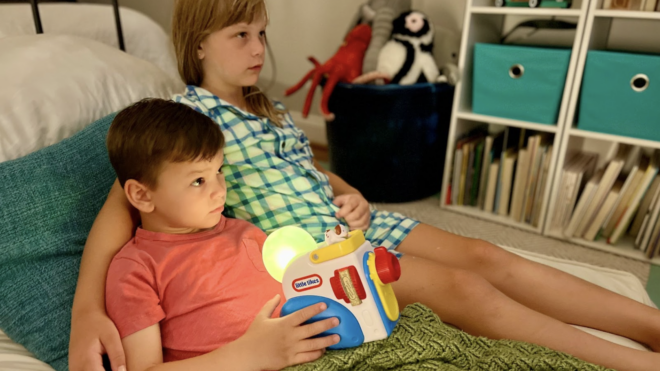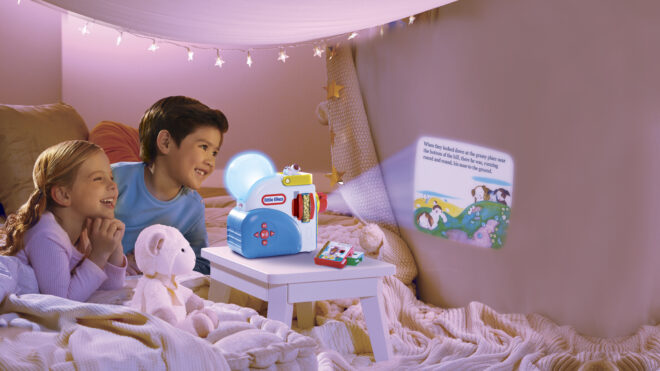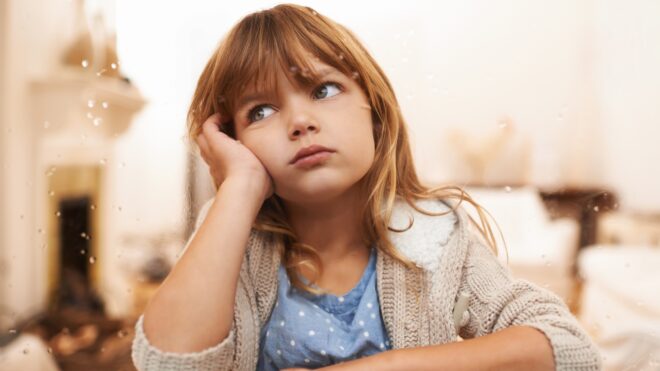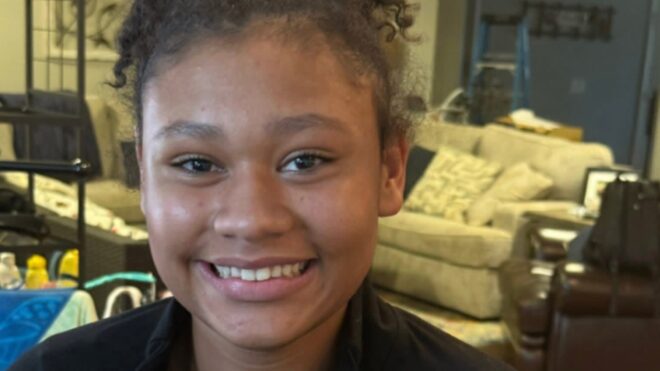
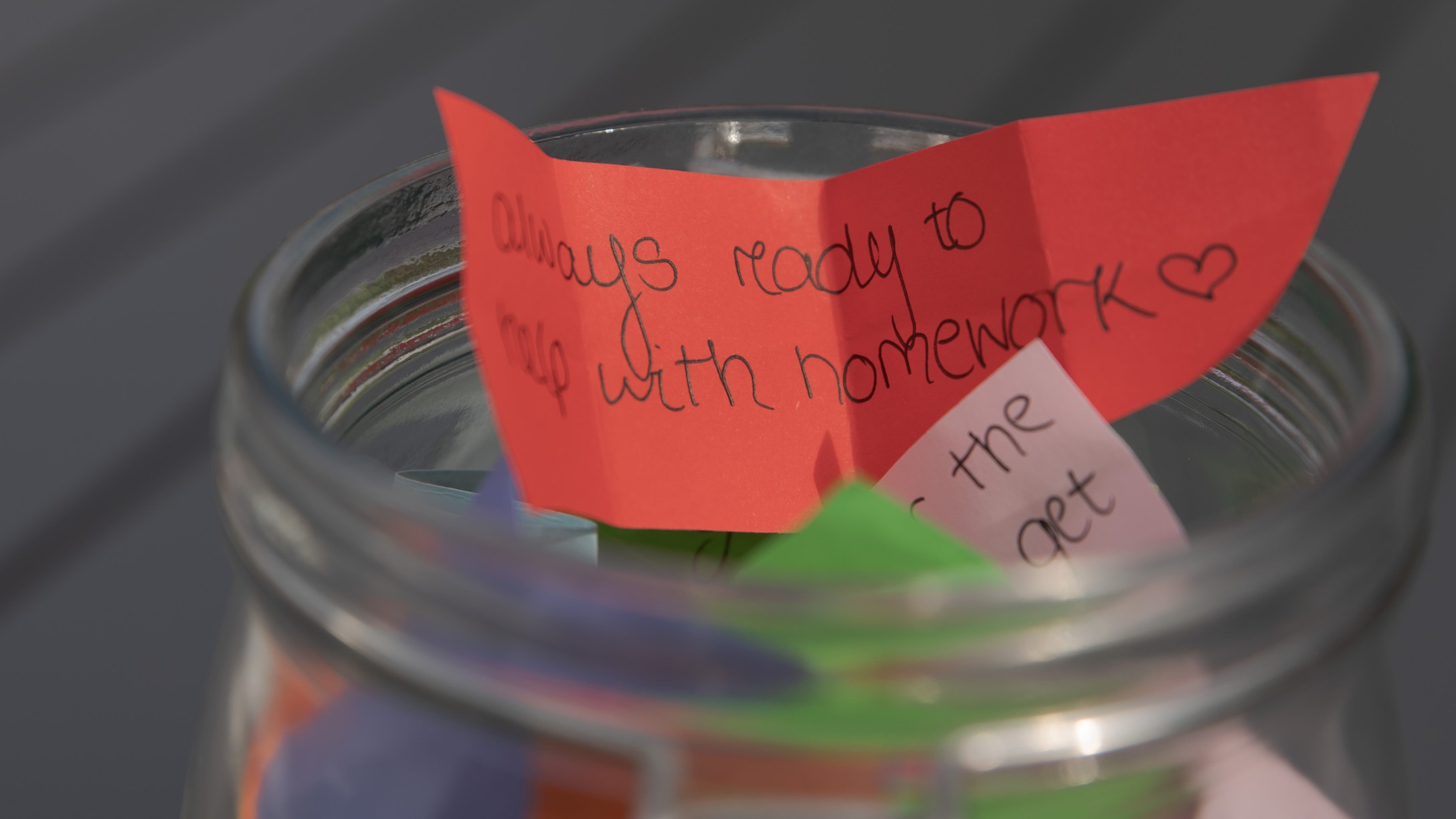
Raising kind kids is the goal of basically every parent out there. We want our kids to be kind, and it’s important to teach them how to be kind in tangible and practical ways. Kids primarily learn by seeing. So the biggest way to teach kids kindness is to exemplify kindness. But what does that look like through the lens of everyday life?
A kindness jar is an interactive and easy way to spread kindness in your community. It's a simple way to get kids excited about being kind. This is exactly what you’d imagine: a jar full of acts of kindness to do with your kids.
After all, what begins as an intentional task has the power to become part of their everyday routine.
More from CafeMom: 11 Random Acts of Kindness That Would Make Any Mom's Day
Explaining the Purpose
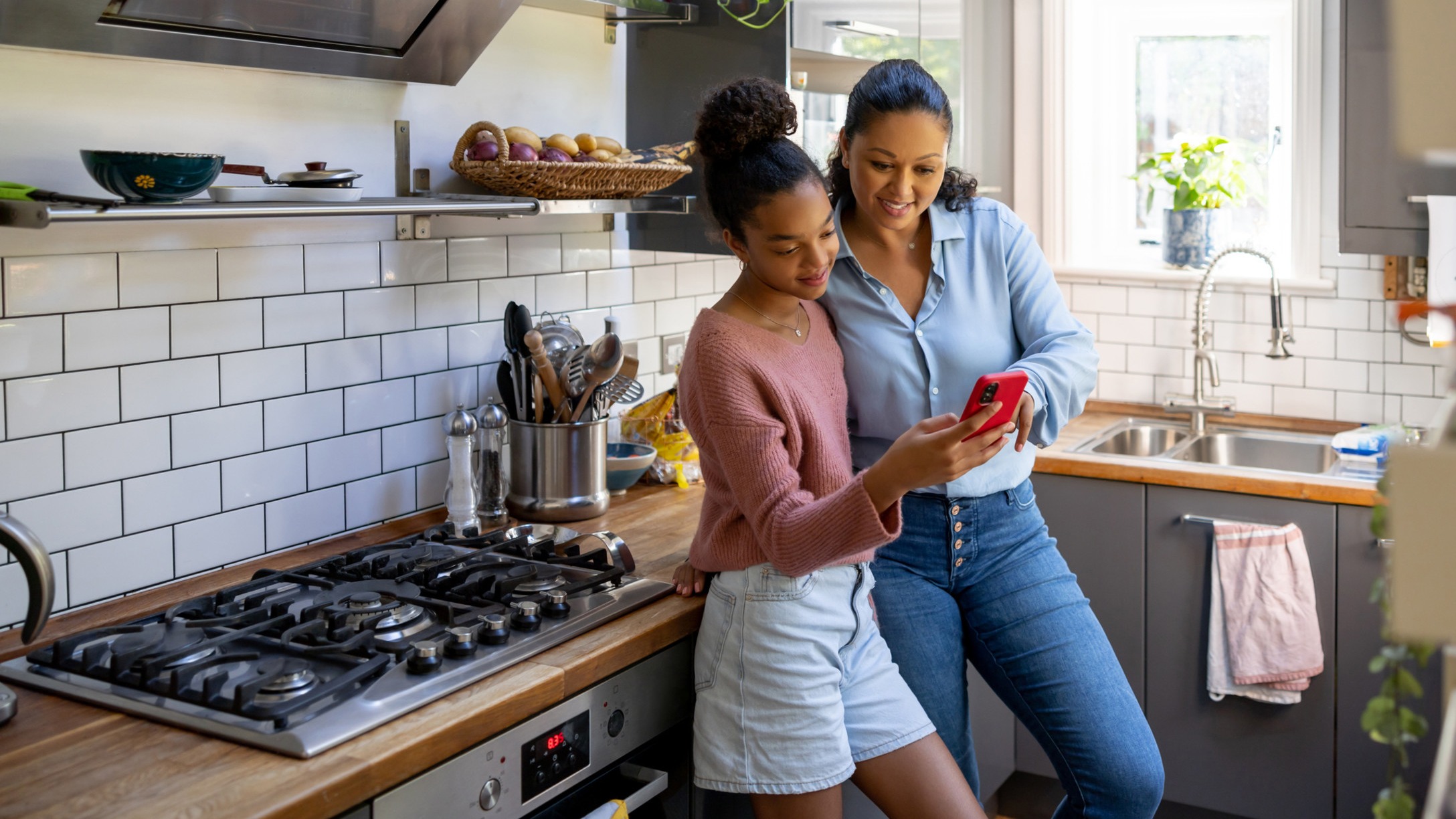
Before making your kindness jar, talk to your kids about its purpose. Discuss the meaning of kindness, how people show kindness to them, and how they have experienced acts of kindness in their own lives.
Some things to consider when discussing the purpose of a kindness jar:
- Use simple and age-appropriate language.
- Emphasize the power of kindness and the positive impact it has on others.
- Talk about kind acts, words, and behaviors.
- Talk about words relating to kindness, such as empathy, charity, generosity, and compassion.
If your kids are younger, make sure they have a basic understanding of what kindness is first. Emphasize that kindness is powerful and positive. Make connections using lots of examples or stories of kindness they may have experienced.
Setting Up the Kindness Jar
Once you’ve talked about the concept of kindness, you can start making your jar. First, choose your jar. You can use a basic storage container or a Mason jar. Although plastic is a safer idea if you have younger children, consider the size and visibility of your jar. You’ll want something clear so your kids can see the inside as you work through your acts of kindness.
The next step is to personalize the jar. It’ll help if you give your kids some autonomy to decorate it. Let them be creative! Add stickers, colors, etc.
Finally, you’ll want to select what material you’ll use for the notes. You can use colorful paper or index cards. Grab some colored pens or markers and you’re (almost) ready to write!
Brainstorming Acts of Kindness
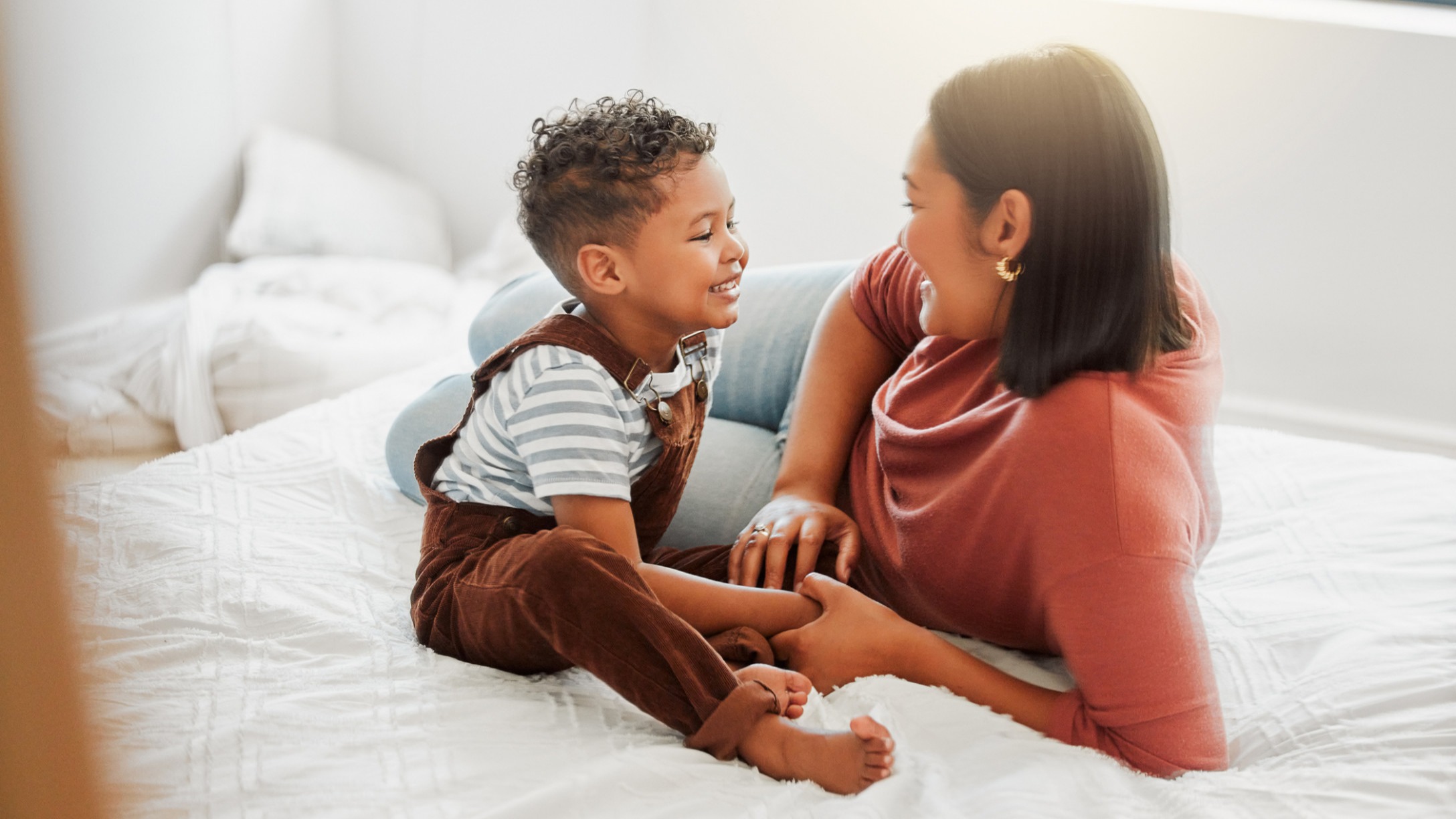
Next, brainstorm acts of kindness. Don’t write anything down yet. Depending on your children’s ages and their understanding of kindness, they may be ready to go. If not, guide them a bit more. This step will work best as a group or family. This way, the adults can give the children the freedom to share ideas while also guiding the conversation.
Things to remember when brainstorming acts of kindness:
- Encourage a mix of big and small gestures.
- Talk about acts of kindness in many settings (school, home/family, and out in the community).
- Remember to tailor the conversation to your child’s age and capabilities.
Writing Kindness Notes
Once you’ve brainstormed acts of kindness, you’re ready to write. Encourage your child’s creativity. For younger children who may not read yet, draw pictures. Decorate the notes with stickers or different colors. Talk positively and continue to use age-appropriate language — you want your child to get excited about them and look forward to doing them.
You can even color code the notes so that the adults know where these acts can occur. For example, school acts of kindness are yellow, home is red, and acts of kindness in the community are blue.
More from CafeMom: 15 Life Skills Kids Should Know by Age 8
Using the Kindness Jar
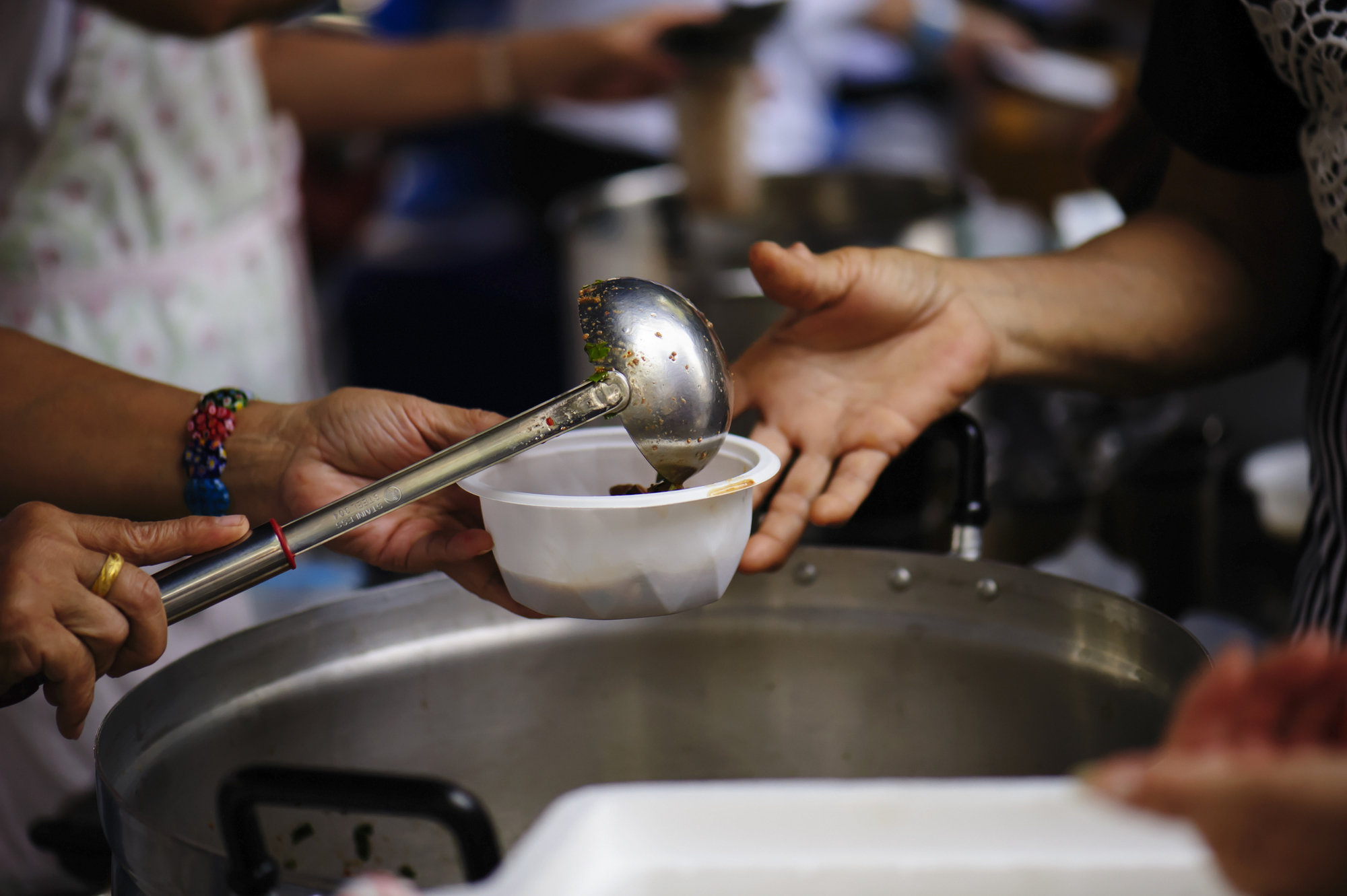
Now you’re ready to start using the kindness jar. Place the jar in a visible and accessible location. It might be in the kitchen or a centralized area. Or on a dresser to see when your child wakes up. Encourage your child to add acts of kindness notes to the jar regularly.
This process will probably look different in each family. When and how you perform your acts of kindness from the jar will vary based on schedule and routine. Decide what works best for you!
Celebrating Kindness Achievements
Don’t forget to celebrate and reflect on your family’s efforts. Reflection is a valuable skill for children. Take some time during the week or month to talk about the kind acts you’ve done. Recognize how it makes them feel and reinforce the positive impact it has on both them and their community.
Remind your child that this is an ongoing life skill and that being kind doesn’t just end when you’ve completed each act of kindness in the jar!
